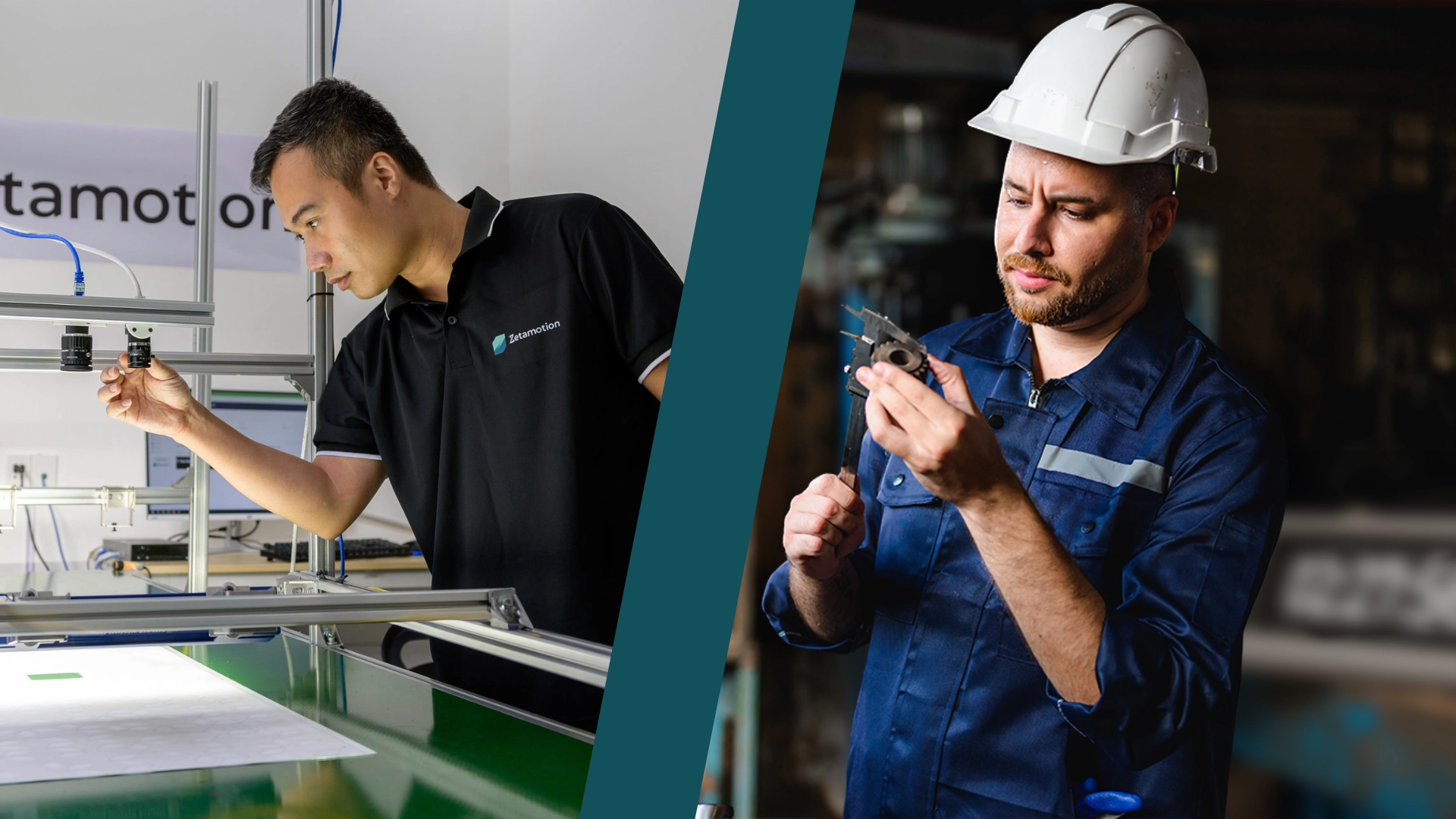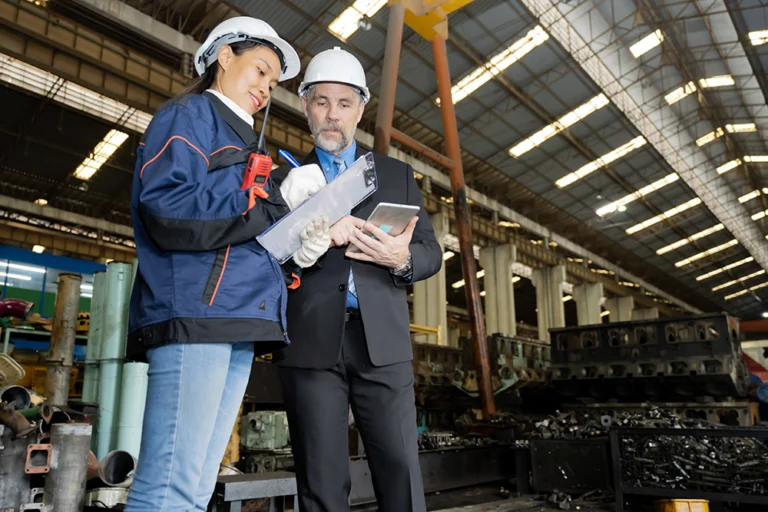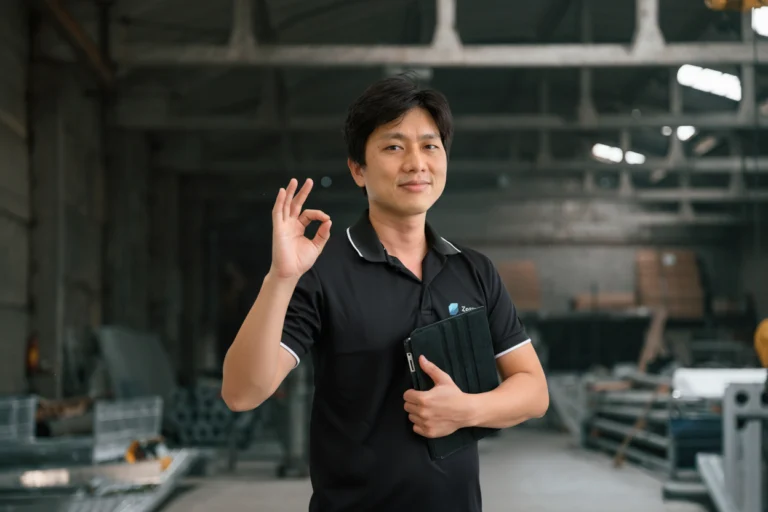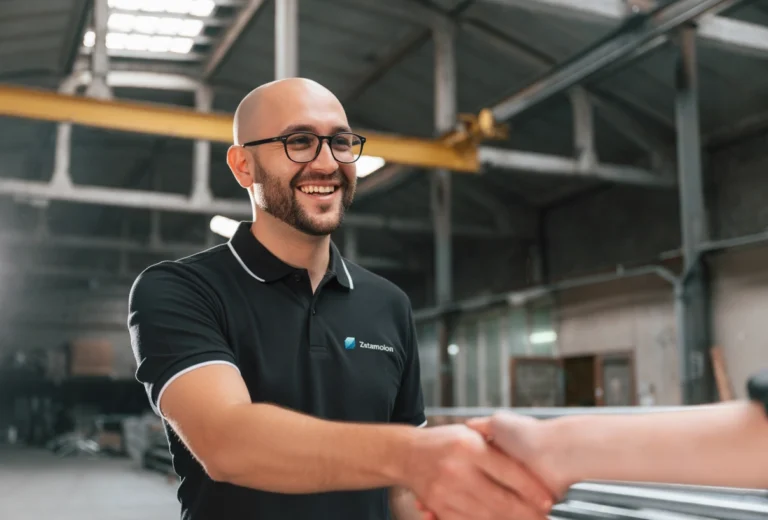In manufacturing, quality control is often where expectations collide with reality. Everyone wants zero defects, but anyone who has worked on a production line knows that achieving it—consistently—is brutally hard. Traditional inspection methods, whether manual or early-generation automated systems, are reaching their limits. And yet, many manufacturers are still stuck with them.
At Zetamotion, we see this struggle every day. Plant engineers and production managers tell us the same things:
- “Our inspectors disagree about what counts as a defect.”
- “Every new product means months of re-training and calibration.”
- “We can’t prove ROI to leadership unless the payback is under 12 months.”
- “When the vendor leaves after installation, we’re left scrambling.”
These aren’t just technical problems. They’re operational headaches that stall throughput, waste material, and erode confidence. Let’s look at why this gap exists between traditional inspection and AI-powered inspection and what it means for manufacturers trying to stay competitive.
The Limitations of Traditional Inspection
Human inspection: accurate only until fatigue sets in
Manual inspection depends on sharp eyes and years of experience. But humans fatigue quickly, and defect thresholds vary between inspectors and even between shifts. Worse, when senior inspectors retire, their know-how often leaves with them.
Rule-based machine vision: rigid and resource-heavy
Conventional automated optical inspection (AOI) systems can handle well-defined, repetitive tasks. But they fall short when products vary or when defects aren’t easy to codify. Integrators often hard-code inspection rules so every new SKU, material, or design change feels like a new project.
The result? Projects drag out for 6–12 months before reaching stable performance, and scalability across multiple lines becomes a distant dream.
How AI Inspection Changes the Equation
AI inspection isn’t just about swapping human eyes for algorithms. Done right, it addresses the three biggest blockers of traditional QC: time, data, and manpower.
- Time: Instead of waiting months for calibration, Zetamotion’s Spectron™ onboards new products in less than 24 hours with a single scan.
- Data: Manufacturers don’t need to supply massive labeled datasets. Our self-learning AI can achieve 99.99% accuracy from minimal input, bridging the notorious “last mile” from 80% to near-perfect detection.
- Manpower: Instead of relying on scarce vision experts, Spectron continuously adapts inspection parameters using generative AI, reducing the maintenance burden on engineering teams.
This isn’t hypothetical. At Aviation Glass, our system scanned over 1,000 panels during a pilot, saving 500+ hours of manual inspection and detecting 42,612 defects with a precision that surpassed human review. View the full case study.
Beyond Defect Detection: Why ROI Matters
On Reddit and in client workshops, one theme comes up repeatedly: ROI within 6–12 months is non-negotiable. Manufacturers can’t justify expensive science projects.
That’s why our approach isn’t just about catching defects. By placing inspection stations at yield-critical points, Spectron™ enables cause-and-effect analytics, predictive insights, and full digital twinning of QC parameters. The payoff?
- Higher product yield
- Reduced rework and scrap
- Lower energy and raw material consumption
- Improved sustainability metrics
In short, manufacturers don’t just save inspection time, they save money, materials, and market share.
Why Many AI Projects Still Fail
We need to be honest: not every AI inspection rollout succeeds. Common pitfalls include:
- Poor lighting design, especially with reflective materials like metals.
- Lack of a shared defect catalogue, which makes automation inconsistent.
- Vendors walking away after installation, leaving plants unsupported.
These aren’t signs that manufacturers are “behind.” They’re symptoms of an industry in transition. At Zetamotion, we design for these realities: hardware-agnostic systems that adapt to lighting, collaborative processes to define defect thresholds, and long-term partnerships instead of one-off installs.
The Future of Quality Inspection
Traditional inspection has served its time. But as defect tolerances tighten, supply chains become more complex, and sustainability demands increase, “good enough” inspection is no longer enough.
AI-powered quality inspection is not a silver bullet. It’s a shift: from reactive detection to proactive insight, from static rules to adaptive intelligence, and from siloed checks to holistic production health.
At Zetamotion, we believe manufacturers shouldn’t have to choose between speed and accuracy, or between scale and flexibility. Quality control should be an enabler, not a bottleneck.
If you’re wrestling with inspection bottlenecks, inconsistent defect detection, or slow onboarding for new products, it’s time to ask a different question:
What if quality inspection was no longer the constraint but the key to unlocking higher yield and lower waste?




